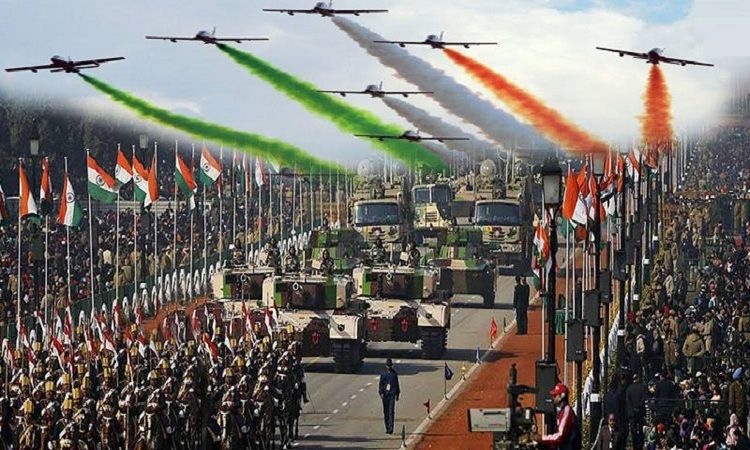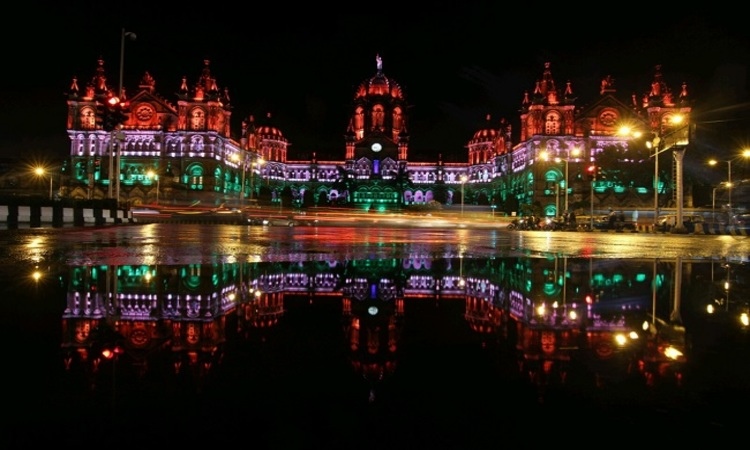Republic Day is an occasion that is dear to every Indian's heart. January 26, 1950, is a significant day in Indian history because it marked the end of a 90-year struggle and endeavour. The history of India's freedom depicted how the deaths, imprisonments, and assassinations of our leaders became a price for India's freedom.
Republic Day- What makes it remarkable?
One of the most important aspects of Indian independence is the struggle to achieve freedom from the British Raj and the struggle to achieve republic status. Though India gained independence on August 15, 1947, it was not completely free. The constitutional monarchy of King George VI was still in place, and Lord Mountbatten represented it. Lord Mountbatten appointed Jawaharlal Lal Nehru as India's first Prime Minister. The race to become a republic nation was about to begin. To become a republic, India needed to write its constitution, which would serve as a governing document.
The Constituent Assembly finally ratified it after a three-year wait. On November 26, 1949, the final draught was completed. The Assembly waited until January 26, 1950, for the new Indian Constitution to take effect.

Highlights and Celebrations of Republic Day
The Republic day is lavishly celebrated on a grand scale at “Delhi”- The Capital City of India. There are highlights like:
National Anthem song: The National Anthem song is played at Rajpath, New Delhi with a 21-gun national salute.
Awards and ceremonies: Awards like the Ashok Chakra and Kirti Chakra are given away by the President. The armed forces are awarded medals for their bravery and exceptional courage in protecting our motherland.
National Republic Day Parade: It demonstrates India's defence capability, as well as its social and cultural heritage. Before the grand parade begins, the Prime Minister of India will perform a series of actions to commemorate the significance of Republic Day. The celebration begins with the laying of a floral wreath at the "Amar Jawan Jyoti." It is a memorial on Rajpath in New Delhi dedicated to the soldiers who fought and sacrificed their lives for freedom, which is followed by a two-minute silence. This parade also includes twelve contingents of various paramilitary forces from India as well as other civil forces. The camel-mounted "Border Security Force" is also a sight to behold.
Motorcycle Riding and FlyPast: The parade is traditionally concluded with a daredevil motorcycle ride by the Armed Forces and civil security services, followed by a flypast by the Indian Air Force.
Well, that's all about New Delhi! What exactly does Republic Day mean to Indians?
Republic Day commemorates the entry into the "Constitution of India." 70% of the Indian population is made up of youth who attend schools and colleges, live in societies, and work in private, public, and government organisations. In schools and colleges, the occasion is marked by the raising of a flag, followed by a march past, a speech, cultural events, and the distribution of sweets. The organisations do the same thing.
Indian Railways And Independence Day- A unique connection
In 1832, the first railway proposals for India were made in Madras. However, India received the subcontinent's first passenger train in 1853. During a visit to Bhandup in 1843, George Clark, the Chief Engineer of the Bombay Government, had the idea for a railway to connect Bombay with Thane, Kalyan, and the Thal and Bhore Ghats inclines. In less than 20 years after the steam engine arrived in India in 1853, all of the country's major metropolitan centres – including Delhi, Bombay, Calcutta, and Madras – were linked by a vast railway network.
In the next 50 years, the country's hill railways were built. Less than a century after the railways arrived in India, as many as 54,000 kilometres of track were added to the country's network at a rate of 600 kilometres per year. In response to the growing demand, the Railway Board was established in 1901.
Despite its humble beginnings as a byproduct of British colonial rule, the Indian Railways grew quickly to define and shape the country after independence.
Flag Hoisting and CST Railway station
Flag hoisting is practised in all schools, colleges, and offices. It exemplifies the value of freedom, which we have attained after many sacrifices. Chhatrapati Shivaji Maharaj Terminus (CSMT), formerly known as Victoria Terminus, is a historic railway station and UNESCO World Heritage Site in Mumbai, Maharashtra, India that serves as the Central Railways headquarters. It is one of the city's most well-known and popular landmarks. With its stunning architecture and historical significance, it is unquestionably eye-catching. On the eve of the country's Republic Day, the Chhatrapati Shivaji Terminus railway station lights up in Tricolor. You too can witness the spectacle by simply booking your train tickets online.

Trainman allows you to book train tickets from the comfort of your own home in just a few clicks. You no longer have to stand in long lines for train ticket booking because online railway reservation with Trainman is now simple, quick, and secure. With us, you can book trains for any destination, class, or train type. You can view details such as the train departure and arrival times between two specific destinations, as well as the train's PNR status.
We strive to provide simple services, rewarding you with a stress-free train booking experience. Travelers can easily find relevant trains, fares for various classes, schedules, seat availability, and eventually make an online reservation.

